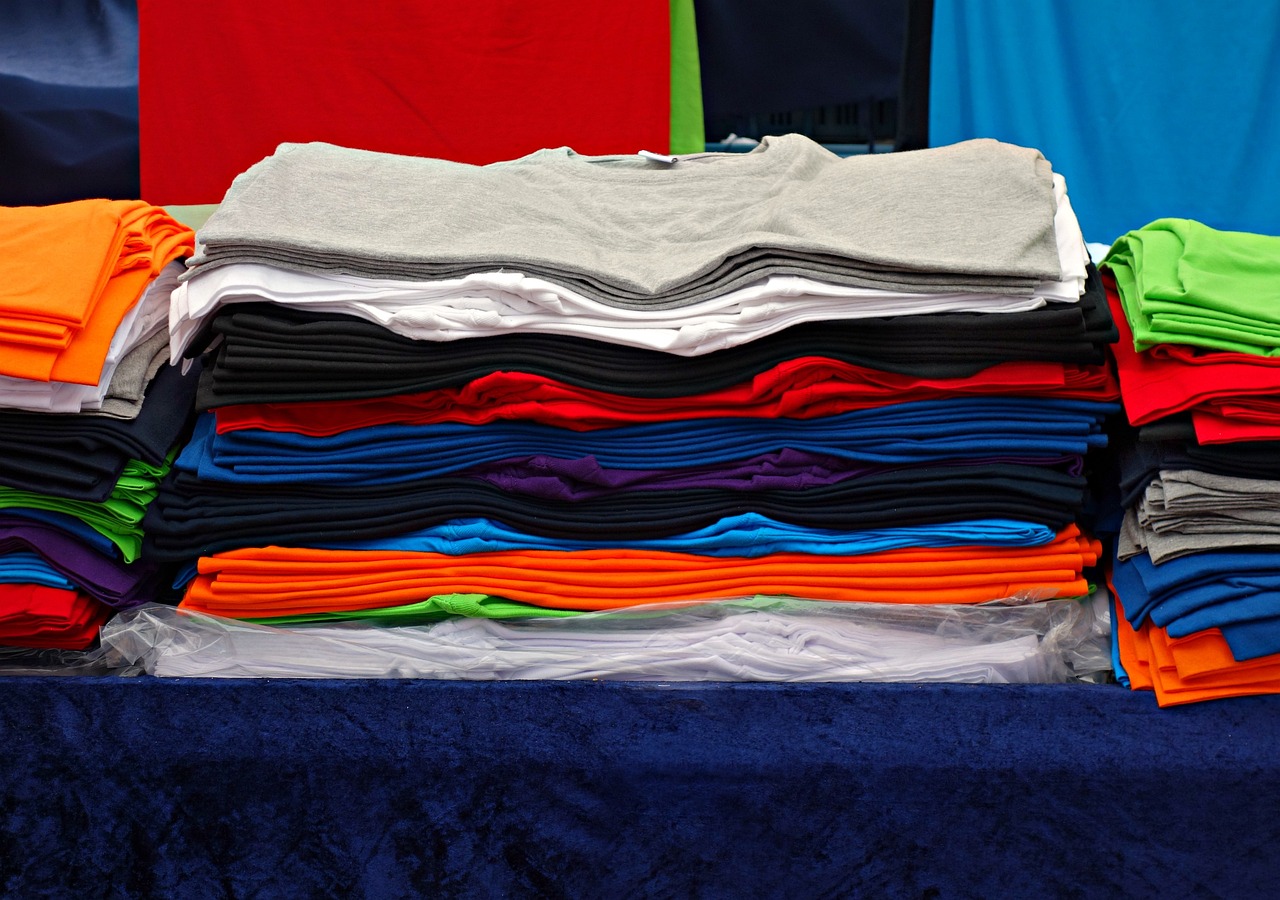Kids & Baby Clothing: Choosing Safe, Comfortable Garments
Finding the right clothing for babies and kids means balancing comfort, safety, durability, and practicality. Parents and caregivers often consider materials, size, season, and care instructions when selecting garments for infants and young children. This article explains common fabrics, why cotton is frequently recommended, how to interpret labels and certifications, and practical tips for caring for baby and kids clothing to extend their useful life.

What to consider when buying kids clothing?
When choosing clothing for kids, prioritize fit, ease of dressing, and safety. Look for soft seams, no loose embellishments that can become choking hazards, and adjustable closures that accommodate quick changes. Fit should allow movement without being overly large — sleeves and hems should not drag or catch on playground equipment. Consider multi-layering options for changing weather and fabrics that resist pilling and maintain shape through frequent washes. Practical features like reinforced knees, elastic waistbands, and machine-washable tags save time and improve longevity for active children.
How to choose baby clothing for sensitive skin?
Babies often have sensitive skin that reacts to synthetic dyes, rough seams, or harsh detergents. Choose garments labeled for sensitive skin or hypoallergenic, and test new items by placing them against the baby’s forearm for short periods. Avoid garments with excessive tags or internal labels that rub; look for flat seams and tagless options when possible. Breathable fabrics and loose weaves reduce irritation and overheating. If irritation appears persistently, consult a pediatrician for tailored advice, as skin reactions may indicate eczema or other conditions needing medical guidance.
Which fabrics are safest for children?
Natural fibers such as cotton, linen, and bamboo blends are commonly recommended because they breathe well and are less likely to trap heat. Synthetic fabrics like polyester can be durable and quick-drying but may increase sweating and irritation in some kids. Blends can combine benefits — for example, cotton with a small percentage of elastane for stretch. Consider the garment’s intended use: playwear may benefit from sturdier synthetics, while sleepwear should prioritize breathability and flame-resistance standards. Pay attention to finishings and dyes, since treatments can affect skin sensitivity.
Why cotton is common in baby and kids wear?
Cotton is widely used because it is soft, breathable, and generally well tolerated by sensitive skin. It absorbs moisture, which helps regulate temperature and reduce irritation from sweat. Cotton garments are also widely available in different weights — lightweight for summer, heavier knits for cooler months — and take dyes well without requiring heavy finishes. Organic cotton options reduce exposure to agricultural chemicals, and many parents choose them for newborn clothing. Remember that cotton wrinkles and may shrink if not laundered according to instructions, so check size allowances when buying.
How to check fabric labels and certifications?
Fabric labels and certifications provide useful information about fiber content, care instructions, and, in some cases, safety standards. Look for clear fiber percentages (for example, 100% cotton or 80% cotton/20% polyester) and washing symbols to follow care directions. Certifications like OEKO-TEX Standard 100 or Global Organic Textile Standard (GOTS) indicate testing for certain substances or organic production practices; these labels vary by region and scope. For sleepwear, check for compliance with local flame-resistance regulations. When in doubt, consult brand customer service or retailer product pages for detailed material and testing information.
How to care for kids and baby clothing?
Proper care extends the life of garments and helps maintain softness and safety. Wash new items before first wear to remove manufacturing residues. Use mild detergents and avoid excessive fabric softeners for baby clothing, as some additives can affect absorbency or irritate skin. Sort laundry by color and fabric weight to prevent damage, and follow temperature guidelines to avoid shrinkage. Repair small tears or loose buttons promptly to prevent bigger issues. For hand-me-downs, inspect for wear, loose threads, and safety hazards before passing items along within local communities or donating.
Conclusion
Choosing appropriate clothing for babies and kids involves practical choices about material, safety features, and care. Natural fabrics like cotton offer breathability and comfort, while label information and certifications can guide safer purchases. Thoughtful selection and proper laundering help garments remain comfortable and safe as children grow, reducing waste and making clothing decisions more sustainable over time.






